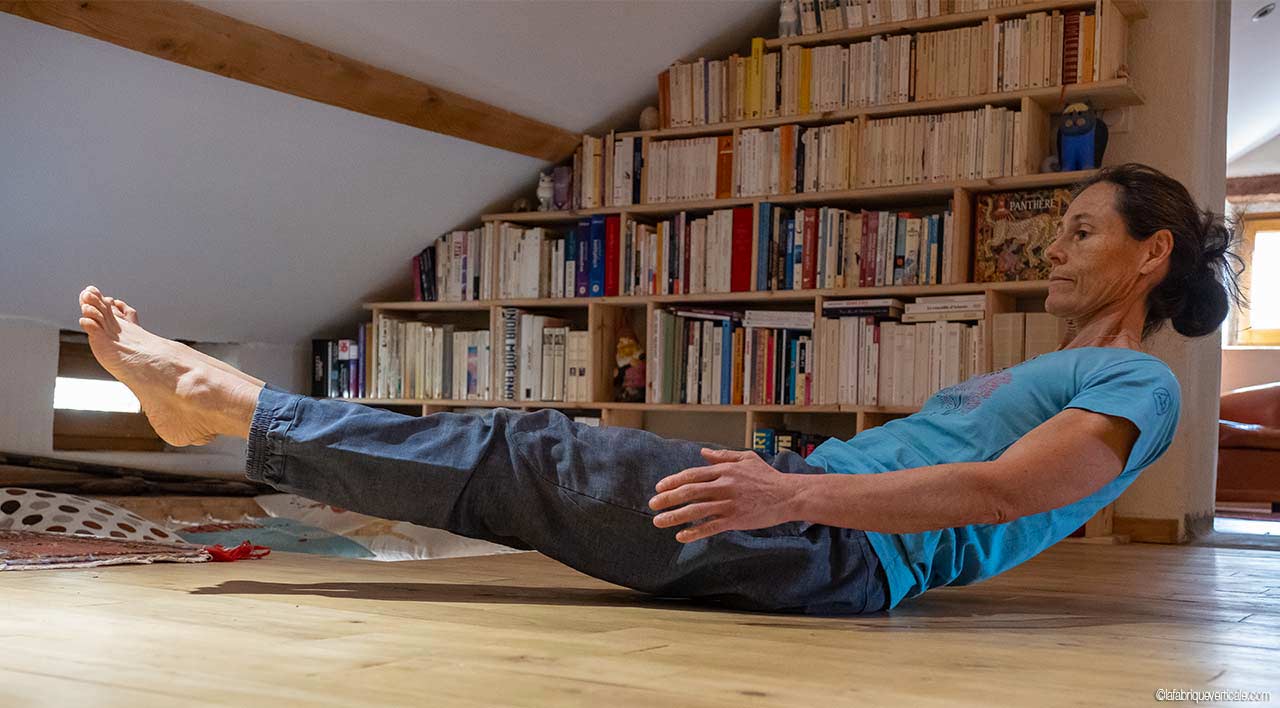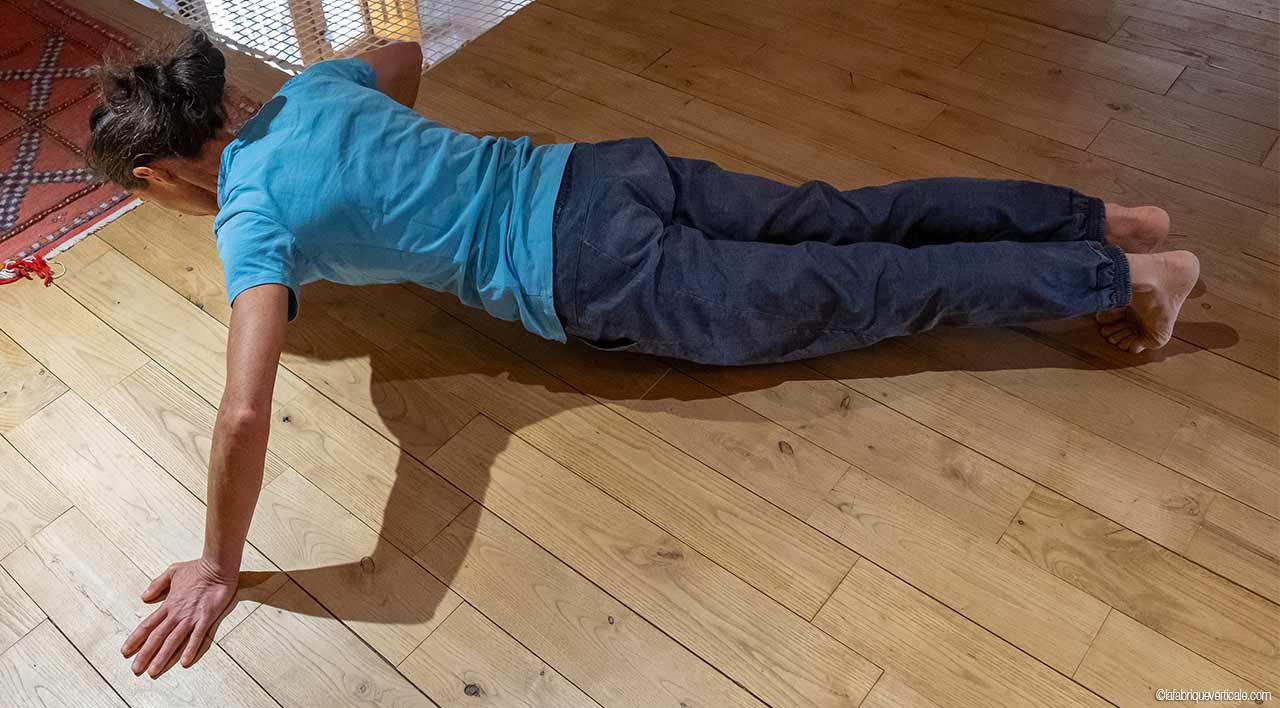Climbing: Winter Training Ideas
With winter comes shorter days and colder temps, and for most us, less time at the crag. It’s easy to feel like we’re losing hard-earned progress during the winter that we made during warmer months. Plus, the Coronavirus has caused many climbing gyms to close, making it difficult to workout on a regular basis. Here are a few ways you can train at home without any special equipment, so you can stay strong while we wait for better days…
January 18 2021
Indoor and Outdoor Climbing
Daylight savings, rain, snow...all things that push climbers to switch things up in the winter. And as a result? Consistency and progress built up over the summer, and always slow to return in the spring, feels doomed to fade away once again. But is it really a loss? It doesn’t have to be! With a little consistency, training sessions focused on general fitness can help you stay in climbing shape throughout the winter, so you're not starting from zero when spring rolls around. Take a look at some ideas below.
Three Months to Stay in Shape
Month 1
Use the first month of winter to focus on physical fitness and keep your approach relatively general:
• 2 fitness-focused sessions. For example, one core/abs session and a second session with circuit training, working the fingers, arms, shoulders, and legs.
• 1-2 cardio sessions: running, biking, ski touring, HIIT (High Intensity Interval Training), etc.
• If possible, an outdoor climbing session focused on volume.
Tips
• Vary the activity and the style of your training to keep your motivation up all winter long
• Alternate between weeks of harder, more frequent sessions (3-4), with weeks of lighter and fewer sessions (2-3) to stay fresh
• If there’s a break in the weather and you have a chance to climb outside, do it!
Circuit Training Example
Main principle: The circuit consists of exercises performed consecutively, with 30 seconds of high intensity followed by 30 seconds of rest. Do three sets of the eight exercises. The first set will serve as a warm up and to make modifications, if needed. Go hard on the second and third sets. Between each set, take eight to ten minutes to rest and recover.
Inverted Rows. Think about pulling the shoulders down and back before pulling up.
Exercises:
1. Push-ups: On your toes, or modified by placing your knees on the ground.
2. Extended Plank: From the plank position, place your hands in front of you and a bit wider than shoulder-length apart. Maintain this raised position and keep your shoulders, pelvis, and heels aligned. Can be modified by placing your knees on the ground.
3. Extended Rows: A modified pull-up, perform this exercise using a bar. Rest your feet on a chair or a table placed in front of the bar. When performing the pull-ups, your body should be slightly slanted, as your feet rest below and in front of you on a chair or table.
4. Superman: Lay face down and gently lift your shoulders and legs, without bending your knees. Maintain this position. To make it more difficult, keep your arms outstretched in front of you.
5. Side Plank Dips: Assume the side plank position on the right side, resting on your forearm. Stay here or slowly lower your hips and then raise them again to do dips.
6. Dips: Place two chairs facing each other, shoulder-width apart. Place one hand on each chair with your heels on the ground in front you. Lower into the dip and raise back up.
7. Side Plank Dips: Left side (same as number 5)
8. Hollow Body Hold: Sit down and raise your legs in front of you, keeping them as straight as possible, and leaning slightly back, keeping your back straight. Maintain this position. The larger the angle between your legs and your body, the more difficult it will be. Be careful to maintain control of your pelvic position. As soon as your back arches, bend your knees to readjust and continue.
Dips between two chairs. The low point is determined by the flexibility of the shoulders.

Plank: Squeeze your glutes and tuck your stomach!
Month 2
Main principle:
The idea remains similar to last month’s plan, but incorporates more intense exercises and (hopefully) introduces a bit more climbing to the workout. Crossing our fingers that we’ll have access to the gym and/or windows of good weather!
Ideally, your week will consist of:
• Arms: One session of push-ups and pull-ups
• Forearms: One session using a rice bucket or twisting a towel (see the video for reference)
• 1 Abs/core Session
• 1-2 Cardio Sessions (running, biking, ski touring, HIIT, etc.)
• 2 Climbing sessions at the gym or outside (weather permitting), focusing on climbing more pitches, and less on the grade.
Tips
• Pay attention to your motivation. If you need to skip a few sessions, pick up again following the Month 1 program for 7 to 10 days.
• Evaluate your level of fatigue throughout the first month. If you’re feeling good, continue to alternate between intense weeks and lighter weeks. If you feel abnormally tired, mix in a much week or two.
• When returning to the gym, take time to transition and progressively increase the grades you’re trying and the number of pitches you climb.
Twisting slow and continiously
Example of a Session for Push and Pull
Main principle:
Volume-focused workout, go until failure, performing push-ups and pull-ups.
Warm-up: General warm-up to mobilize the joints, followed by light push-ups and pull-ups (1, then 2, then 3, taking 1 minute to rest)
Pull-ups: Do the maximum amount of pull-ups that you can, using just a bar or lying underneath a table, with your weight resting on your heels. Take 10 seconds of “micro-rest” and then do the max number of pull-ups you can again. Rest for 3 minutes. Repeat for a total of 3 sets.
Push-ups: Same idea here. These can be done on your toes or knees. You can do diamond push-ups, bringing your thumbs to touch (to target the triceps) or wide push-ups (to target the pectoral muscles).

Extended plank: Engage the glutes and tuck the stomach, so you don’t arch your back.
Month 3
Main principle:
The sessions should become more specific and targeted. Ideally, the amount of climbing sessions increases as you do less sessions dedicated to training general fitness. The intensity should also increase as the quantity and volume of sessions decreases. It’s the perfect time to reintroduce bouldering sessions at the gym and/or try out some harder routes.
• 2-3 Climbing sessions, 1 of which is bouldering. (Plus a bit of campusing at the beginning of the session, staying on the larger rungs.)
• 1-2 Cardio sessions (running, biking, ski touring, HIIT, etc.)
• 1 Session of abs/core
https://lafabriqueverticale.com/
Go Further
Share our passion for climbing, follow us on Instragram!
Related News







